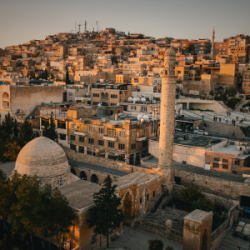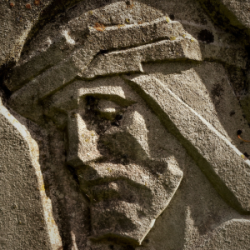Welcome readers! Please subscribe through the button on the right.
(Read this series from its beginning here.)

The story’s immediate solution doesn’t resonate with me much either. This man, Bartimaeus, is trying to survive within a system that marginalizes him because of his blindness. He is nether privileged nor benefitted by the system, and he is left to scrape out his own survival.
Jesus is about to go to Jerusalem and overturn the tables of the Temple State to protest a system that leaves so many impoverished and marginalized, but on his way there, his solution is to make Bartimaeus “not blind.”
This is comparable to not changing a patriarchal system but instead making all women men, or not changing a White supremacist system but reclassifying people of color, including Black people , indigenous communities, and immigrants as White. It’s comparable to not challenging a cisheterosexist system, but transforming LGBTQ folx into straight, cisgender, and/or gender conforming. This kind of conversion therapy would really be a kind of genocide.
I don’t believe the solution to a system that treats blind people as inferior is to remove everyone’s blindness. Rather the solution is to challenge and change the system so that blind people are not marginalized or excluded.
My critique may create more questions than it answers. Nonetheless, I believe these are the questions Jesus followers today need to wrestle with. Can we follow the values we have found to be life-giving in the Jesus story while acknowledging many of the ableist ways the Jesus story is told in our sacred text?
I believe we can. We can do better.
I’ll offer some options, next.
(Read Part 3)













